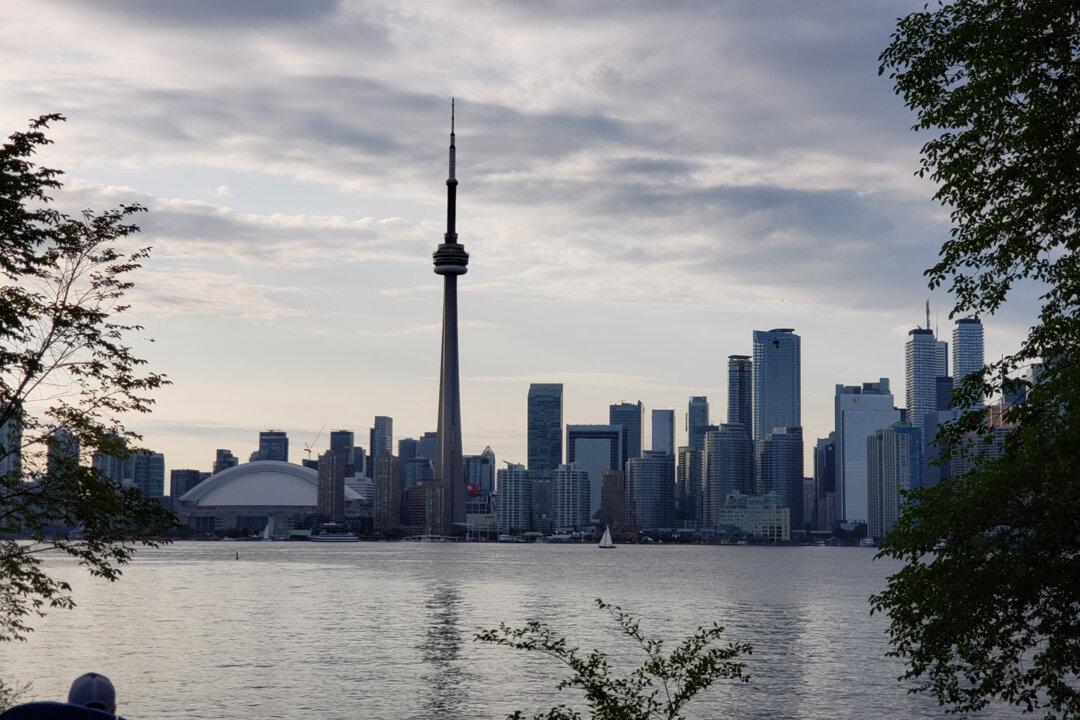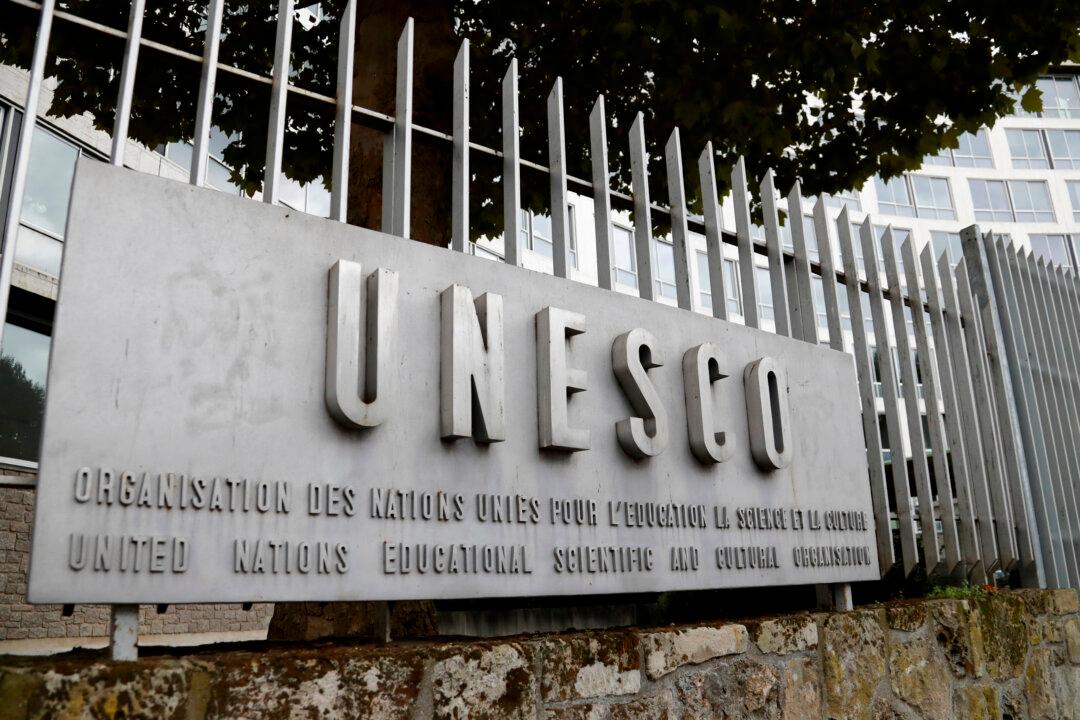The best way to know what lies ahead is to understand what happened in the past, says real estate marketing guru Scott Davie.
“2018 will be remembered as a year when the pre-construction condo market returned to more of a normal market in sales volume, with a steep rise in prices,” says Davie, who has 30+ years’ experience working with developers in real estate marketing and sales.





